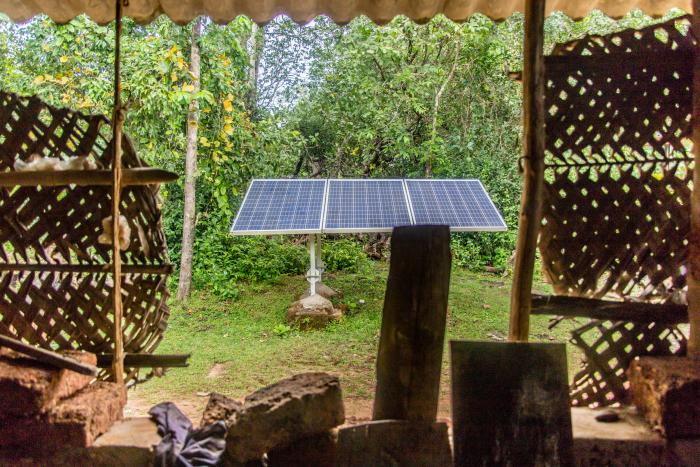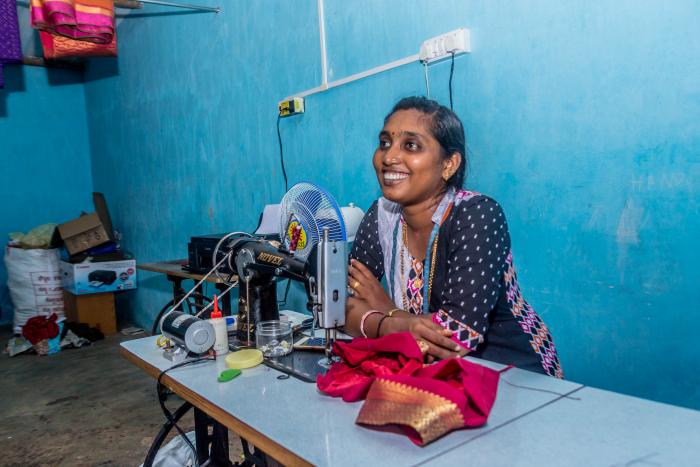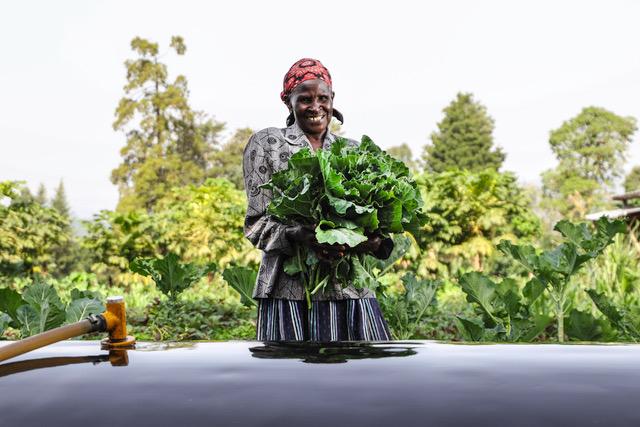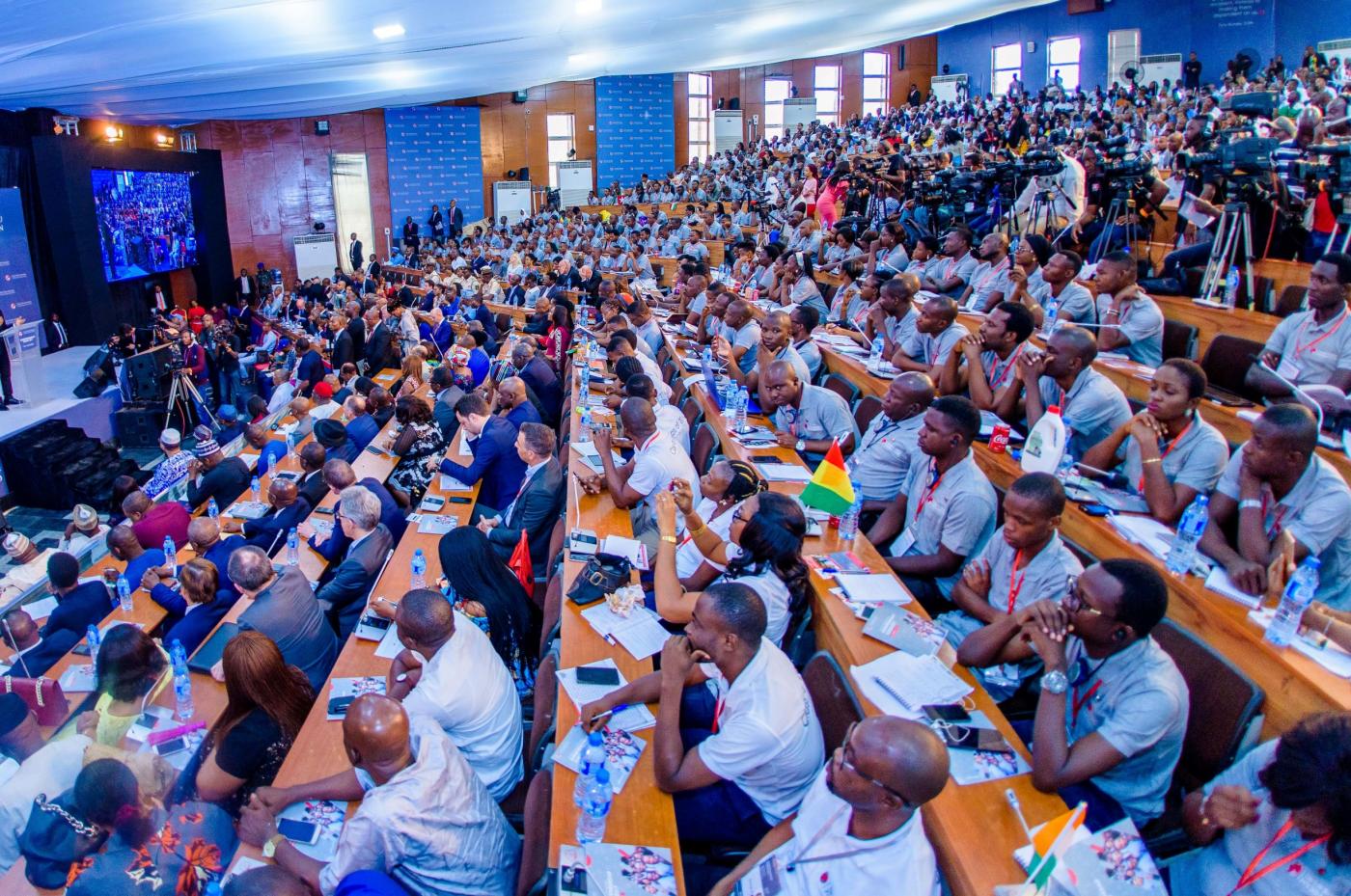Story highlights
The world faces a $30 trillion investment gap to achieve the Sustainable Development Goals by 2030
Many are working to innovate ways to bridge the gap, including blended finance, which strategically uses public money to unlock more private investment
In the meantime, inclusive business entrepreneurs use the approach that works the best for their companies, from utilising donor grants as “catalytic” or “patient” capital, to striving to create self-sustaining, capital-efficient businesses without donor support
Financial innovation, like FinTech, allows the customer to access customised financial services that bring products and services within reach—thereby making inclusive business models more sustainable
Debt and equity impact investors, as well as foundations, are continuing to evolve their offerings to reach SMEs—the missing middle—which must cross the “valley of death” into commercial viability
This issue of CLUED-iN takes us from the big picture—$30 trillion of additional funding that is needed to achieve the Sustainable Development Goals (SDGs) by 2030—to the details that inclusive business entrepreneurs find themselves grappling with as they build and grow their companies. For example, according to Temie Giwa-Tobusun, CEO of LifeBank, inclusive businesses should aim to run sustainably on their own revenues—seeking financing only for growth and innovation—instead of being dependent on donors. That said, getting to the point of being financially sustainable in new markets can require long-term, patient capital, which is why Olawale Adebiyi, Founder of Wecyclers, believes donor money is essential.

LifeBank aims to run sustainably on its revenues, relying on financing only for growth and innovation. Photo Credit: LifeBank
Overall, our contributors share the conviction that there is a time and place for both public capital (think: grants from development cooperations) and private capital (think: debt or equity investments that expect a return) in financing inclusive businesses. The real power may be in how the two work together. As Wiebke Bartz-Zuccala from OECD explains, in “blended finance” traditional donors can instead act as strategic investors, re-allocating risks by, for example, providing guarantees that make inclusive businesses more attractive to investors. Kusi Hornberger from Dalberg Advisors and Omer Imtiazuddin from USAID weigh in on this point, explaining that—specifically in the global health field—“…private capital isn’t being invested at nearly the level needed…[requiring] significantly more innovation” in how the public and private dollars can work together.
To do so effectively, strategy is needed. Bettina Prato shares the work that SAFIN Network has embarked on to better understand the role that blended finance can play for agricultural SMEs (small and medium enterprises). One of their findings is that a blended finance intervention “needs to be made anew in each context and against specific market failures and risks.” In other words, blended finance is not one size fits all; it is difficult and requires a lot of coordination. As Royston Braganza explains in his spirited editorial, “finance is fickle, [and] it is designed to flow like liquid.” This requires us to dive deep into the innovations that hold the most promise, while recognising their limitations and always pivoting to take advantage of the changing tides.

Every agricultural business has its own financial risks and needs. Photo Credit: Chaucharanje Brand on pexels.com
It is important to remember that, in addition to ensuring that money flows to build and grow inclusive businesses themselves, financial innovations unlock opportunity for the customer at the base of the pyramid—which then, ideally, can sustain the business. For SELCO’s founder, Harish Hande, one of the most valuable finance lessons he got was from a street vendor who could pay 10 rupees a day, but because of her cash flow, she could not afford 300 rupees per month. By partnering with local banks and advocating to ensure that decentralised energy systems are part of the financial products that the banks offer, SELCO can help their customers access loans—making them bankable and pushing them “multiple rungs up the social ladder.” FinTech (think: mobile money), too, has aided in the effort to make financial services more accessible and inclusive. According to Chris Würdemann at ZOLA Electric, “FinTech is enabling the entire value chain of traditional financial institutions to establish better connections with customers and to provide new market offerings.” With the help of “Pay As You Go” and mobile money, ZOLA has been able to deliver smart power solutions to commercial and residential customers across Africa, and because their business goals are aligned with their impact goals, they can simultaneously meet the expectations of their donors and their investors.

How solar panels and innovative financing...

...can help people climb the social ladder. Photo Credit: SELCO
This is not always easy to do. In fact, it is a delicate dance to balance—and weave tightly together—profit and impact. As Darren Lobo from the Aavishkaar Group reminds us, “…inclusive businesses need to consistently strive for product-market fit and ensure commercial viability of their product or service offering to meet development goals.” It is, in fact, this commercial viability, that sets an inclusive business apart from its colleagues in the development space. But managing this alongside impact is inherently challenging and depends not only on the entrepreneur. Investors, too, must expand their approaches. According to Sangeetha Yogendran of the Asian Venture Philanthropy Network, “impact investors are now leveraging a range of investment practices to both better support the needs of the organizations in which they currently invest, as well as to expand their range of potential investees.” Veerle Berbers, board member at Alphamundi’s SocialAlpha-Bastion Fund, which provides debt financing to SMEs, has also observed this sector’s continued evolution. She has seen “a major trend around gender-lens investing, incorporating gender considerations throughout the investment process.”

Gender-lens investing as an integral part of the investment process. Photo Credit: AlphaMundi Foundation
As impact investors become more accessible and supportive of the specific needs of inclusive business entrepreneurs, and as organizations like OECD and USAID work to unlock mainstream investment opportunities for the SDGs, the Tony Elumelu Foundation, which provides training and seed grants to entrepreneurs across Africa continues to do its work. In the words of their CEO, Ifeyinwa Ugochukwu, “We do grant funding because we believe that a start-up business is not complex enough to handle equity. What are you buying into? [And,] we shouldn't bog them down with debt.” Thanks to their work, over 8,500 entrepreneurs will have been trained and funded by the end of 2019, including one of the contributors in this issue, Olawale from Wecyclers.

The Tony Elumelu Foundation combines business training and grant funding for start-ups all over Africa. Photo Credit: The Tony Elumelu Foundation
There is no single “right” way to finance your inclusive business. In fact, best practices are unfolding in real time thanks to the pioneering work of practitioners across the sector. And to use Braganza’s words, in this “VUCA world,” I don’t think we should expect the financing innovations to slow down anytime soon. The best we can do is try to understand the options and figure out what works best for us. We hope this issue helps you do just that…
OECD: Making Blended Finance Work for the Sustainable Development Goals
AlphaMundi: The Impact Finance Awards
AlphaMundi: Celebrating Getting Gender Smart
USAID Report: Unleashing Private Capital for Global Health Innovation
You are an inclusive business entrepreneur looking for investors or an investor looking for investment opportunities? Then have a look at iBAN's intermediary database!


